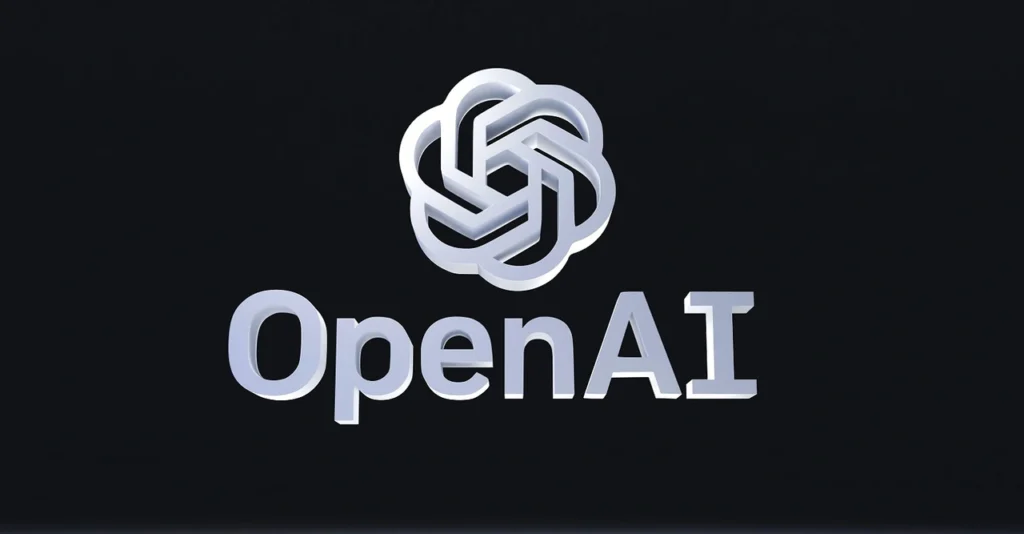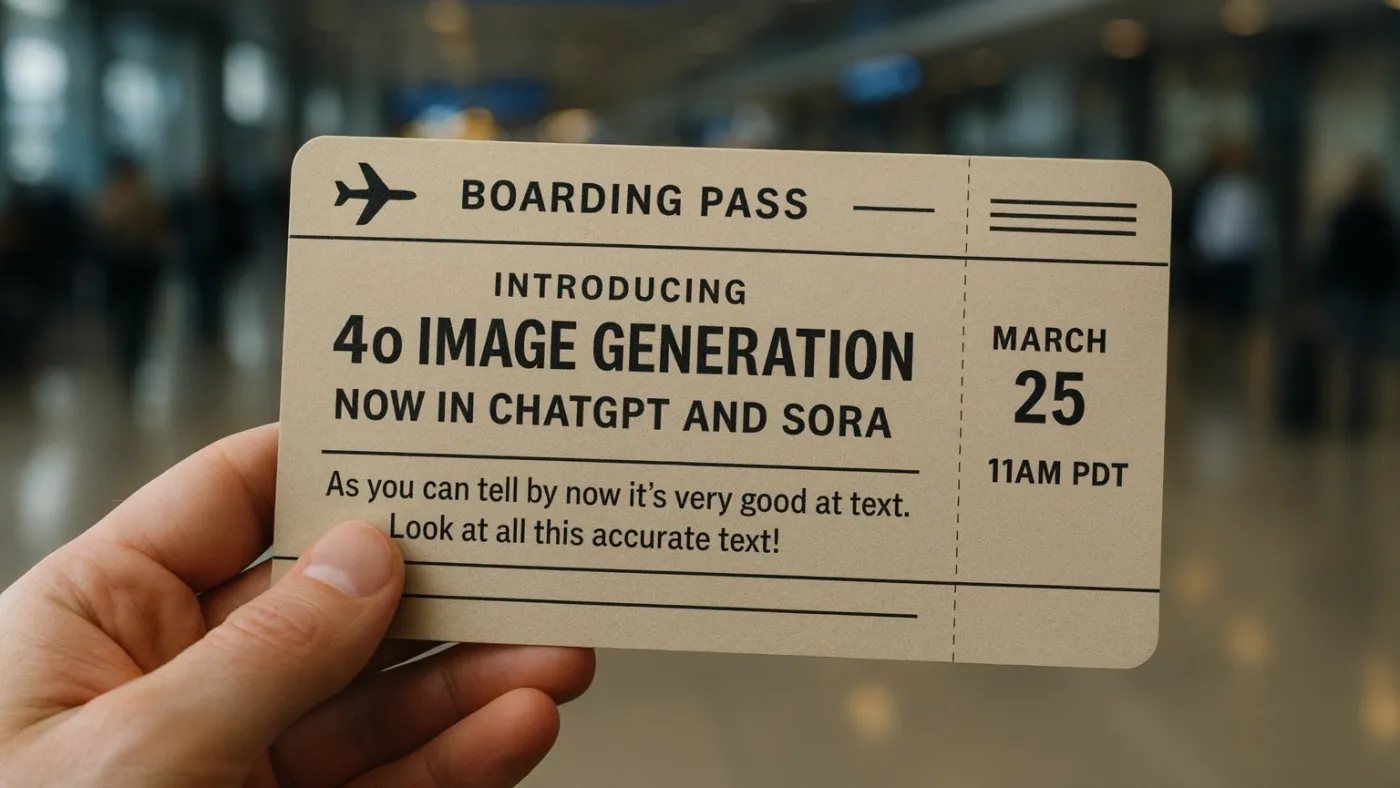How does OpenAI Detect AI-generated images?

Artificial intelligence–generated images are reshaping creative industries, journalism, and digital communication. As these tools become more accessible, ensuring the authenticity of visual content has emerged as a paramount concern. OpenAI, a leader in AI research and deployment, has pioneered multiple strategies to detect and label images produced by its generative models. This article examines the mechanisms OpenAI employs to identify AI-generated images, drawing on the latest developments in watermarking, metadata standards, content provenance, and emerging detection research.
Why detect AI-generated images?
The proliferation of AI image generators poses risks ranging from the spread of misinformation and deepfakes to unauthorized mimicry of artists’ work. Detecting AI-generated imagery helps news organizations verify sources, protects intellectual property rights, and maintains public trust in digital media. In addition, clear labeling empowers platforms and users to apply appropriate moderation policies and copyright protocols. Without robust detection methods, fabricated images could influence elections, manipulate public opinion, or infringe on creative copyrights with little recourse for victims .
How does OpenAI implement watermark-based detection?
OpenAI has begun testing visible and invisible watermarks specifically for images created via its GPT-4o “omnimodal” generator. For free-tier ChatGPT users, images may carry a subtle visible watermark—a patterned overlay or corner tag—indicating AI origin. These watermarks can be programmatically detected by scanning for the embedded pattern. Paid subscribers, in contrast, often receive watermark-free images, but these still include invisible signatures in the pixel data or metadata .
Watermark injection and classifier training
The watermark embedding process occurs post-generation. During training, a classifier network learns to recognize watermark signals—whether visible overlays or perturbations in pixel amplitude—and flags images accordingly. By co-training the watermark inserter and the detector, OpenAI ensures high detection accuracy while keeping visual artifacts minimal. Early tests show detection rates above 95% for watermarked images, with near-zero false positives on unmodified human photos .
Limitations of watermark-based approaches
Watermarks can be removed or corrupted through simple image edits—cropping, compression, or color adjustments. Research demonstrates that adversarial perturbations as small as 1% of pixel intensity can evade watermark detectors without noticeable visual difference, highlighting the arms race between watermark defenders and evasion attackers.
How does OpenAI leverage C2PA metadata for provenance?
Beyond visible watermarks, OpenAI embeds provenance metadata compliant with the Coalition for Content Provenance and Authenticity (C2PA) framework. This metadata—a structured record including model version, generation timestamp, and user attribution—is cryptographically signed to prevent tampering.
Embedding and verification process
When an image is exported, OpenAI’s API attaches a C2PA manifest within the file’s header or sidecar. This manifest contains:
- Model identifier (e.g.,
gpt-4o-image-1) - Generation parameters (prompt text, seed values)
- Timestamp and user ID
- Digital signature from OpenAI’s private key
Verifying tools—built into content platforms or available as open-source utilities—use OpenAI’s public key to confirm the signature and read the manifest. If metadata is missing or the signature invalid, the image may be flagged as unauthenticated.

Advantages over visible watermarks
Metadata is robust against simple image manipulations: cropping or color grading typically preserve file headers. Moreover, metadata enables a richer data set for provenance tracking—platforms can trace an image’s full lifecycle, attributing both creation and subsequent edits. Unlike visible watermarks, metadata remains invisible to end users, preserving aesthetic integrity.
Can ChatGPT itself detect AI‐generated drawings?
What accuracy does ChatGPT achieve in spotting synthetic visual artifacts?
A 2024 study from the University at Buffalo evaluated ChatGPT’s ability to detect AI‐generated images (from latent diffusion and StyleGAN models). With carefully crafted prompts, ChatGPT flagged synthetic artifacts with 79.5% accuracy on diffusion‐generated images and 77.2% on StyleGAN outputs—performance comparable to early, specialized deepfake detectors.
How should prompts be engineered for optimal detection?
Best practices suggest including clear instructions to analyze geometric consistency, lighting, and texture irregularities. For example:
“Examine the image for inconsistent shadow angles, repetitive texture patterns, and unnatural edge smoothing. Identify whether these signs indicate a diffusion‐model origin.”
Such explicit guidance helps steer the model’s attention toward forensic cues rather than surface semantics.
Are there passive detection mechanisms as well?
While OpenAI’s watermarking and metadata systems are proactive, passive detection analyzes inherent artifacts in AI-generated images—statistical irregularities in noise patterns, texture inconsistencies, or compression footprints left by diffusion models.
Artifact-based classifiers
Independent research has shown that diffusion-based generators impart subtle frequency-domain signatures. Passive detectors use convolutional neural networks trained on large datasets of real versus AI images to spot these artifacts. Although OpenAI has not publicly detailed any proprietary passive detector, the company collaborates with academic teams to evaluate such methods for flagging unwatermarked images .
Integration with moderation pipelines
Passive detectors can be integrated into content moderation workflows: images without C2PA metadata or visible watermarks are further vetted by artifact classifiers. This multi-tiered approach reduces reliance on any single method and mitigates evasion tactics that remove or alter watermarks.
What safeguards exist to prevent misuse?
OpenAI’s image generation pipeline is governed by content policy guardrails. These include:
- Prompt filtering: Block requests for disallowed content (deepfakes of real people, illegal activities).
- Contextual checks: Preventing generation of harmful or hate-propagating imagery.
- Watermark enforcement: Ensuring all free-tier images carry detectable marks.
- User reporting: Allowing platforms to flag suspicious images for manual review.
Together, these safeguards form a defense-in-depth strategy, combining technical detection with policy and human oversight.
What challenges remain in detection and verification?
Despite these advances, several hurdles persist:
Adversarial removal and evasion
Sophisticated actors can deploy AI-based attacks to strip or distort watermarks and metadata, or apply adversarial filters that fool passive detectors. Continuous research is needed to harden watermark algorithms and retrain classifiers against new attack vectors.
Cross-platform interoperability
For provenance metadata to be effective, a broad ecosystem of platforms—social networks, news outlets, graphic editors—must adopt C2PA standards and honor signatures. OpenAI actively participates in industry consortia to promote standardization, but universal uptake will take time.
Balancing privacy and transparency
Embedding detailed prompts or user identifiers raises privacy considerations. OpenAI must carefully design metadata schemas to preserve provenance without exposing sensitive personal data .
What directions will future detection efforts take?
OpenAI and the broader research community are exploring:
- Adaptive watermarking: Dynamic, per-image watermarks that change patterning based on content, making removal more complex.
- Federated detection networks: Shared, anonymized logs of detected AI images to improve classifiers without revealing private data.
- Explainable detectors: Tools that not only flag AI-generated images but also highlight regions or features most indicative of generation, aiding human review.
- Blockchain-based provenance: Immutable ledgers linking metadata to on-chain records for enhanced auditability .
Conclusion
Detecting AI-generated images is an evolving challenge requiring a combination of proactive watermarking, robust metadata provenance, and passive artifact analysis. OpenAI’s multi-layered approach—visible watermarks for free users, C2PA metadata for all images, and collaboration on passive detection research—sets a strong foundation. Yet, the cat-and-mouse game of watermark evasion and adversarial attack means constant innovation is essential. By advancing detection technology while fostering industry standards and ethical guidelines, OpenAI aims to safeguard the integrity of visual media in an AI-driven world.
Getting Started
CometAPI provides a unified REST interface that aggregates hundreds of AI models—including ChatGPT family—under a consistent endpoint, with built-in API-key management, usage quotas, and billing dashboards. Instead of juggling multiple vendor URLs and credentials.
Developers can access GPT-image-1 API (GPT‑4o image API, model name: gpt-image-1) and Midjourney APIthrough CometAPI. To begin, explore the model’s capabilities in the Playground and consult the API guide for detailed instructions. Note that some developers may need to verify their organization before using the model.


